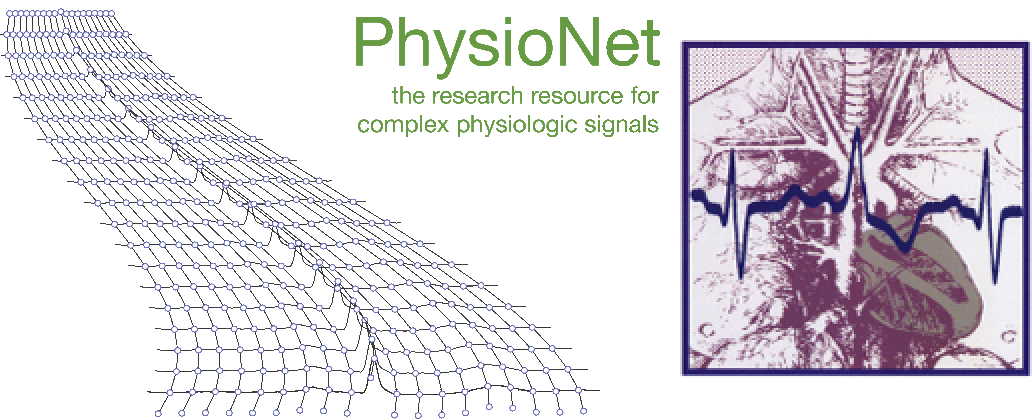- Registration form
- Example MATLAB and Python submissions and scoring code
- Submission instructions and form
- Leaderboard, results, and papers
- Public discussion forum
- Rules and deadlines
- Current and general FAQs
- About
Session S42.5
Screening And Prediction Of Atrial Fibrillation By Analysis Of Heart Rate Variability Parameters
C. Maier, M. Bauch, H. Dickhaus
University of Applied Sciences
Heilbronn, Germany
Objectives: This study is performed within the scope of the Computers in Cardiology Challenge 2001 on screening and prediction of atrial fibrillation (AF) from the ECG. We investigate the suitability of different measures quantifying heart rate variability (HRV) with respect to both tasks. Methods: After upsampling the ECG from originally 128 Hz to 1024 Hz (cubic splines) and QRS detection we extracted RR-interval series which served as basis for further analysis. Different HRV parameters (SDNN, pNN50, SDSD, RMSSD, signal energy on different wavelet-scales, and six measures quantifying statistical signal complexity based on time-delay embedding of the interval series) were calculated from the RR-series on different time-scales (1, 5, and 30 min). Moreover, we constructed a filter that aims to remove intervals corrupted by premature beats from the interbeat series and compared the results obtained from the filtered series to that of the uncorrected. Since, in a first step, our intention was to assess the suitability of each single parameter individually, our classification is so far based on simple thresholding using ROC analysis. We will later also combine information of promising parameters using a polynomial classifier. Results: In virtually all parameters, correction of the RR-interval series for premature beats yielded worse results compared to the series containing the original intervals. With respect to analysis on different time-scales, generally better results were achieved on shorter data segments at the end of the records, reflecting that higher temporal proximity to the event of interest (onset of AF) seems to enhance differences between the groups. However, no typical time courses were observed. Whereas traditional time-domain HRV parameters performed rather poorly in the recognition of AF-patients, they achieved better results in the prediction-task. Here, pNN50 within the last 5 min of each record classified 38/50 record-pairs correctly (log number 20010501.144014). In the screening task, the complexity measures were generally superior and reached a recognition rate of 33/50 (log number 20010430.132047, entrant 10). The ROC-plots indicate that the information of those parameters is partly complementary, promising improved results through feature combination.
Supported by the National Institute of Biomedical Imaging and Bioengineering (NIBIB) under NIH grant number R01EB030362.
© PhysioNet Challenges. Website content licensed under the Creative Commons Attribution 4.0 International Public License.
